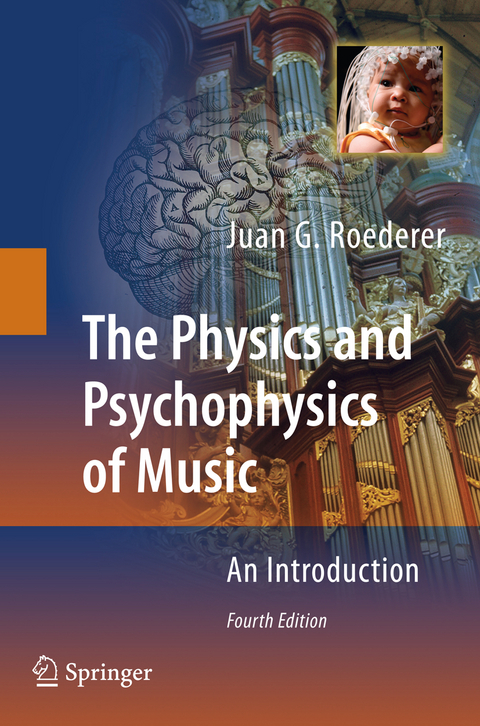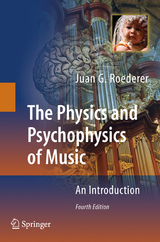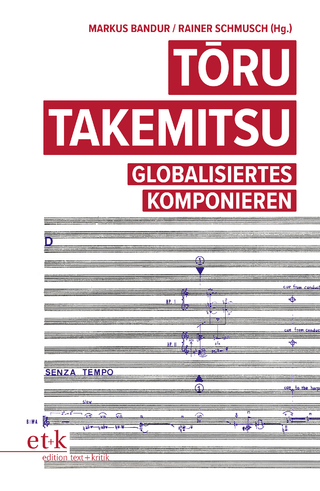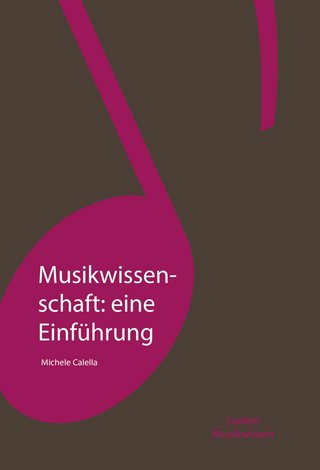The Physics and Psychophysics of Music
Springer-Verlag New York Inc.
978-0-387-09470-0 (ISBN)
This introductory text deals with the physical systems and biological processes that intervene in what we broadly call "music. " We shall analyze what obj- tive, physical properties of sound patterns are associated with what subjective, psychological sensations of music. We shall describe how these sound patterns are actually produced in musical instruments, how they propagate through the environment, and how they are detected by the ear and interpreted in the brain. We shall do all this by using the physicist's language and his method of thought and analysis-without, however, using complicated mathematics. Although no previous knowledge of physics, physiology, and neurobiology is required, it is assumedthatthereaderpossesseshigh-schooleducationandisfamiliarwithbasic aspects of music, in particular with musical notation, scales and intervals, musical instruments and typical musical "sensations. " Books are readily available on the fundamentals of physics of music (e. g. , Benade, 1990; Pierce, 1983; Fletcher and Rossing, 1998; Johnston, 2003) and psychoacoustics, music psychology and perception (e. g. , Plomp, 1976; Deutsch, 1982a; Zatorre and Peretz, 2001; Hartmann, 2005).
An excellent text on musical acoustics is that of Sundberg (1991), still most useful 17 years later; comp- hensive discussions of recent researches on pitch perception and related au- tory mechanisms can be found in Plack et al. (2005). The purpose of the present volume is not to duplicate but to synthesize and complement existing literature.
The author is a space scientist of international reputation with a close and active relation with music (he studied organ with the late maestros Héctor Zeoli in Buenos Aires and Hans Jendis in Göttingen), who organized and directed the international workshops on the Neuropsychological Foundations of Music at the Carinthian Music Festivals in Ossiach, Austria. These workshops, held regularly between 1973 and 1985, have been credited as being the originators of the interdisciplinary approach to the study of music perception. In 2007 he was invited to deliver the opening lecture on Music and the Evolution of Human Brain Function at the international congress Mozart and Science in Baden/Vienna, Austria.
The Science of Music and the Music of Science: A Multidisciplinary Overview.- Sound Vibrations, Pure Tones, and the Perception of Pitch.- Sound Waves, Acoustic Energy, and the Perception of Loudness.- Generation of Musical Sounds, Complex Tones, and the Perception of Timbre.- Superposition and Successions of Complex Tones and the Integral Perception of Music.
| Zusatzinfo | XIII, 229 p. |
|---|---|
| Verlagsort | New York, NY |
| Sprache | englisch |
| Maße | 155 x 235 mm |
| Themenwelt | Kunst / Musik / Theater ► Musik ► Musiktheorie / Musiklehre |
| Geisteswissenschaften ► Psychologie ► Biopsychologie / Neurowissenschaften | |
| Naturwissenschaften ► Physik / Astronomie ► Mechanik | |
| ISBN-10 | 0-387-09470-9 / 0387094709 |
| ISBN-13 | 978-0-387-09470-0 / 9780387094700 |
| Zustand | Neuware |
| Haben Sie eine Frage zum Produkt? |
aus dem Bereich




